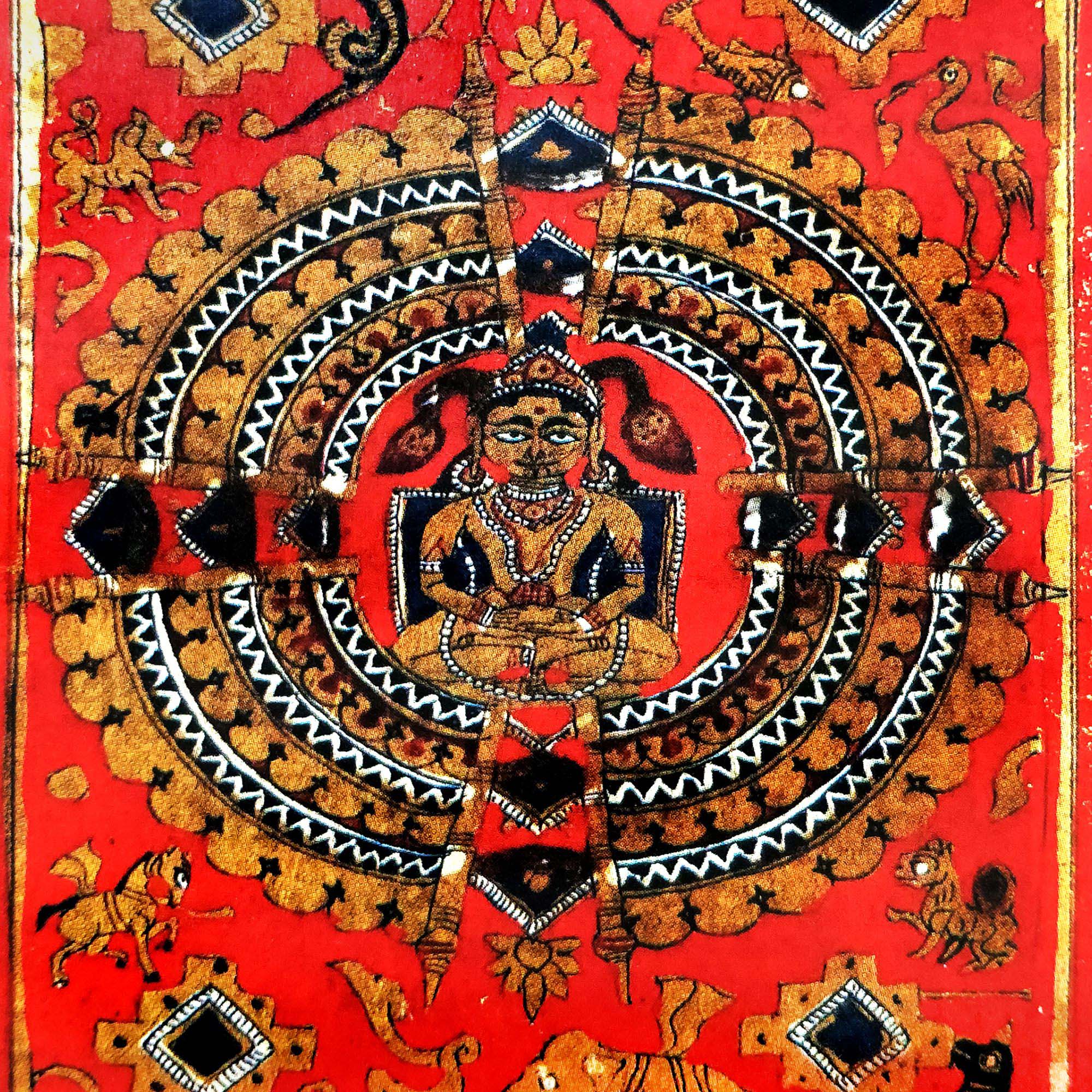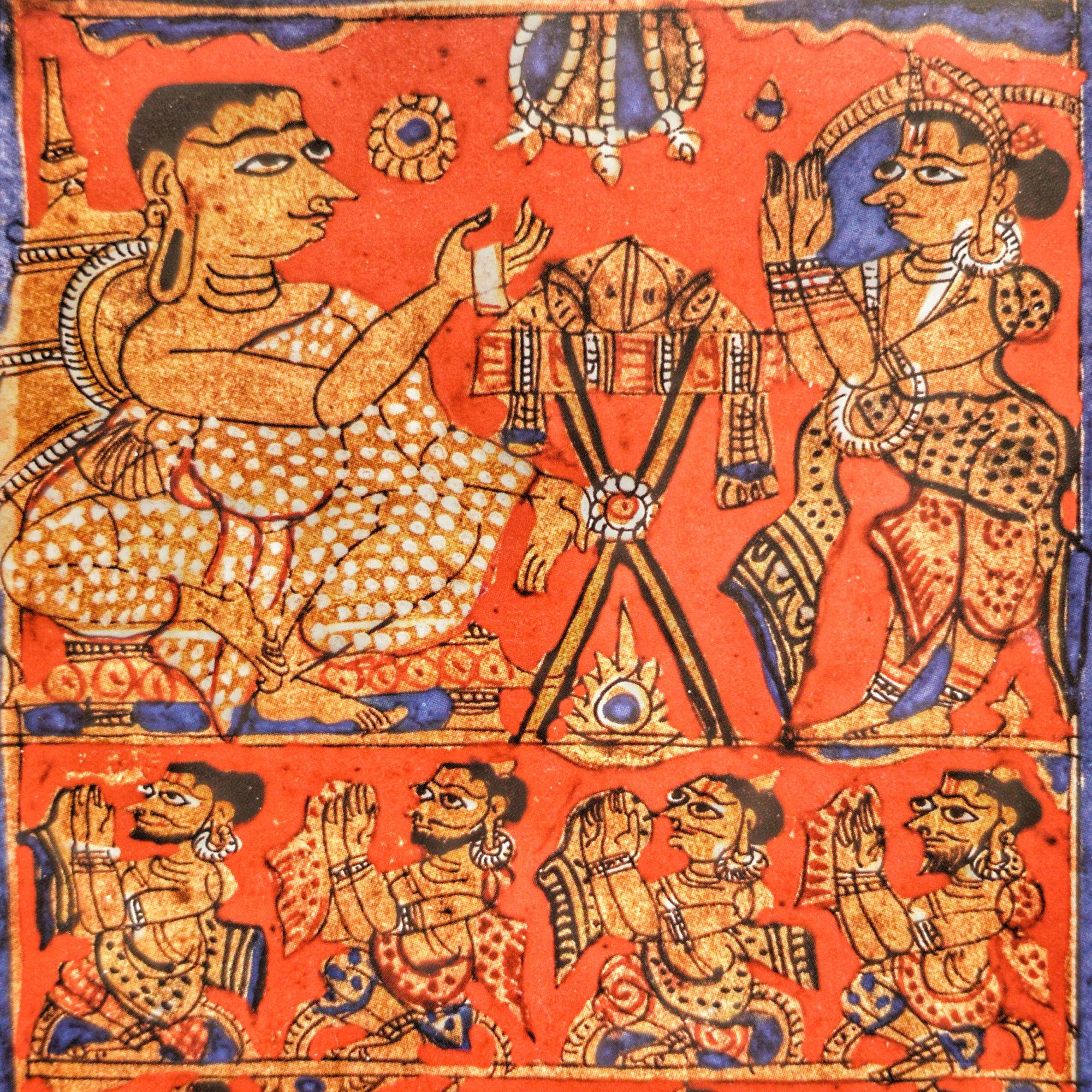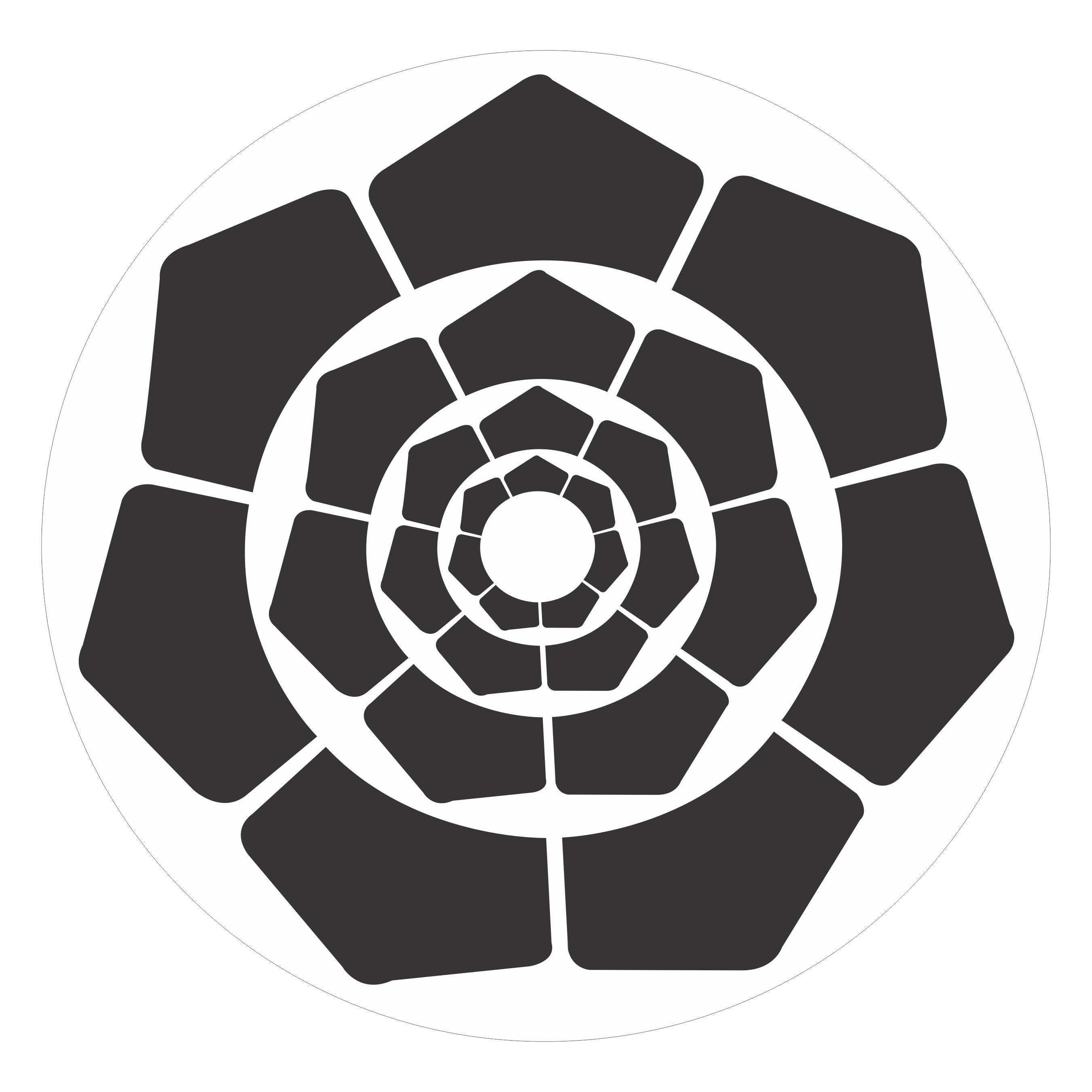DRS Arts Company places great value on the philosophies of Jainism. Our company logo symbolises the importance of serving the art ecosystem.
A couple of years back Chaitya Dhanvi Shah, the managing director of DRS ARTS Company, visited Palitana (well-known for being Shashwata or the ultimate Jain Tirth in the world) during Paryushan (an important Jain festival during which the followers take vows and observe fasts with intensity at par with monasticism). Paryushan is a period of spiritual celebration among Jains. It can be described as the time period of receiving knowledge through the sermons of Jain ascetics in the form of Vyakhyan. While listening to one of the Vyakhyans, Chaitya stumbled upon the overwhelming ideologies of Sangh and Samosaran.















